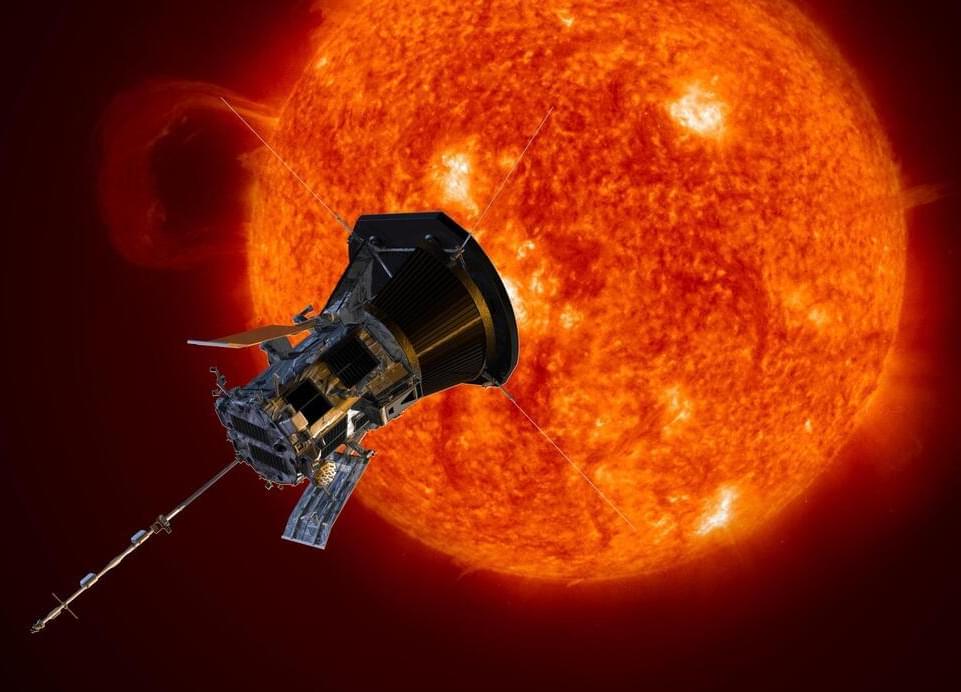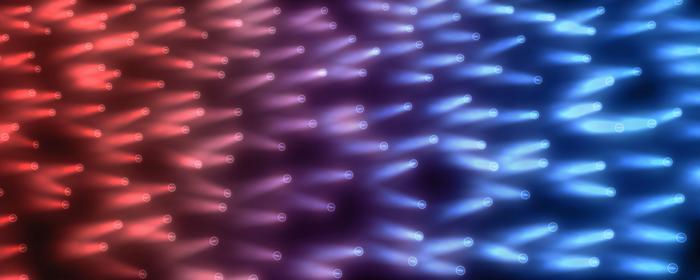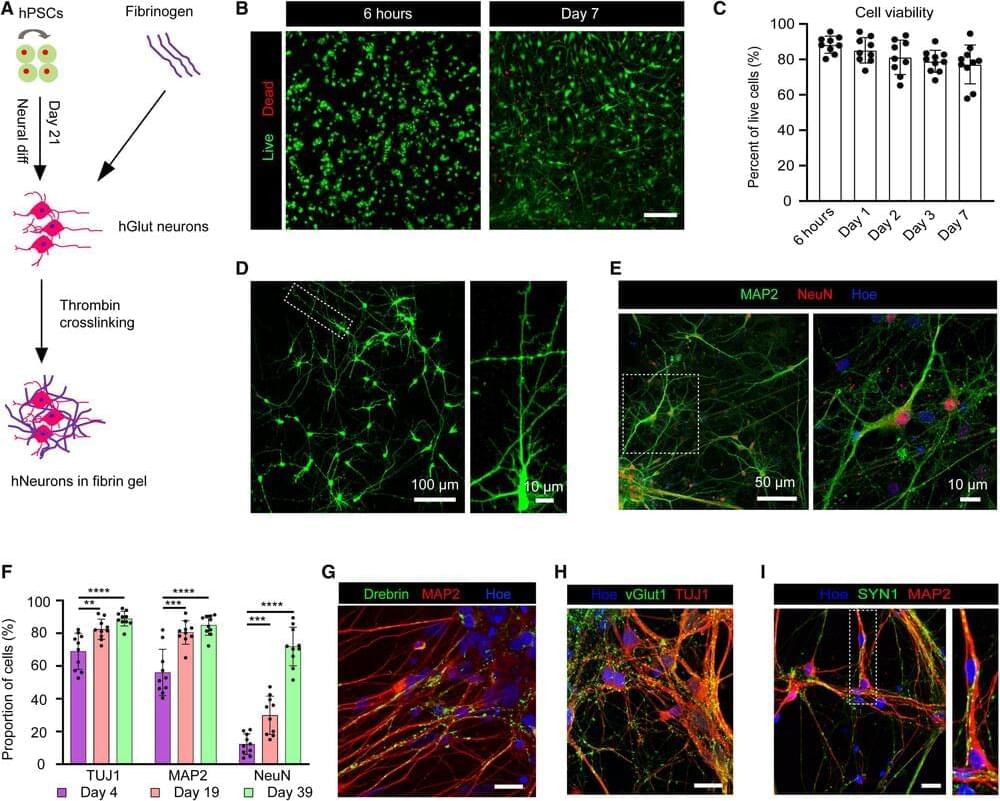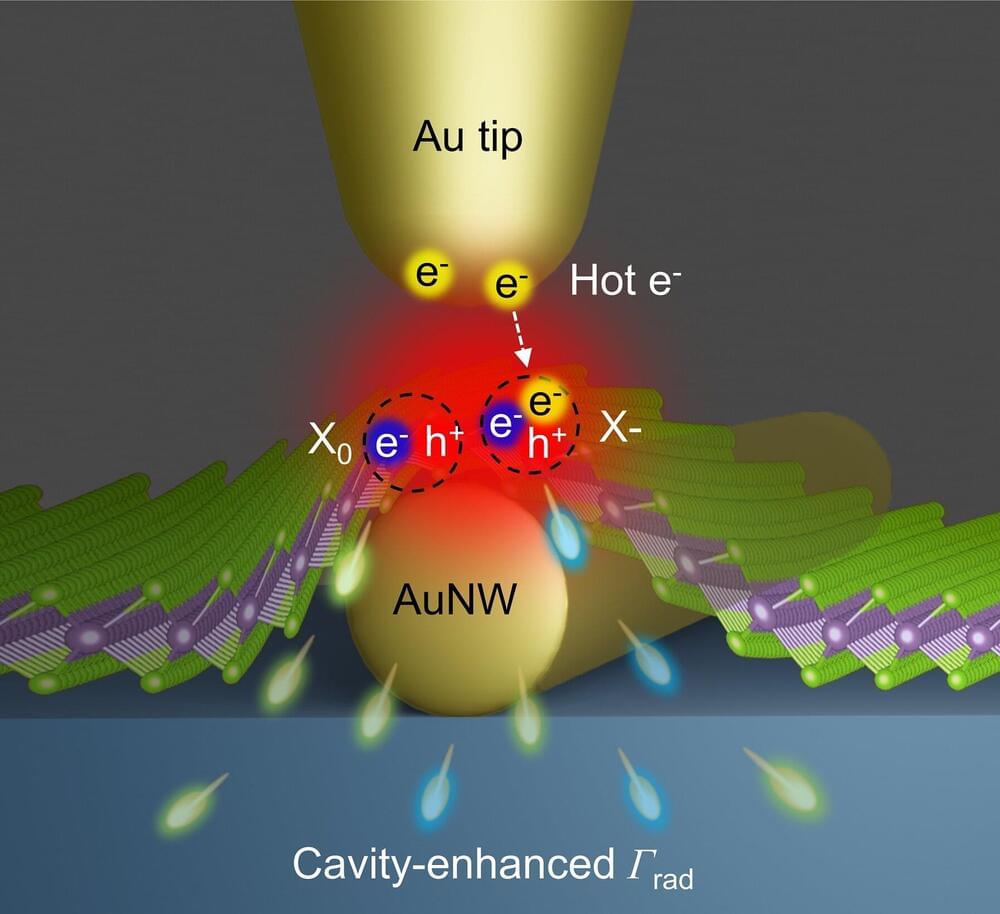Reverse Aging Revolution
Get the latest international news and world events from around the world.

The fastest human-made object vaporizes space dust on contact
NASA’s Parker Solar Probe is crashing through a hailstorm of dust as it hurtles towards the sun at awe-inspiring speed.
The probe’s team members found that high-speed impacts with dust particles are not only more common than expected, they’re making tiny plumes of superhot plasma on the surface of the craft, according to an announcement for a new study.
The probe’s main mission goals are to measure the electric and magnetic fields near the sun and learn more about the solar wind—the stream of particles coming off of the sun, says David Malaspina, a space plasma physicist at the University of Colorado Boulder Astrophysical and Planetary Sciences Department and Laboratory for Atmospheric and Space Physics. Malaspina led the study, which the team will present at a conference this week.
Watch Ax-3 astronauts leave ISS in SpaceX Dragon capsule Feb. 5 after delay
Departure is now scheduled for no earlier than Monday (Feb. 5)

170-year-old Physical Law Unexpectedly Holds True in High-Temperature Superconductors
The physicists found that if electron transport alone is taken into account, the cuprates’ Lorenz number – their ratio of thermal conductivity to electrical conductivity divided by temperature – approaches the value predicted by the Wiedemann-Franz law. The team suggest that other factors, such as lattice vibrations (or phonons), which are not included in the Hubbard model, could be responsible for discrepancies observed in experiments on strongly correlated materials that make it appear as if the law does not apply. Their results could help physicists interpret these experimental observations and could ultimately lead to a better understanding of how strongly correlated systems might be employed in applications such as data processing and quantum computing.
The team now plans to build on the result by exploring other transport channels such as thermal Hall effects. “This will deepen our understanding of transport theories in strongly correlated materials,” Wang tells Physics World.
The present study is published in Science.


Researchers produce the first 3D-printed functional human brain tissue
A team of University of Wisconsin–Madison scientists has developed the first 3D-printed brain tissue that can grow and function like typical brain tissue.
It’s an achievement with important implications for scientists studying the brain and working on treatments for a broad range of neurological and neurodevelopmental disorders, such as Alzheimer’s and Parkinson’s disease.
“This could be a hugely powerful model to help us understand how brain cells and parts of the brain communicate in humans,” says Su-Chun Zhang, professor of neuroscience and neurology at UW–Madison’s Waisman Center. “It could change the way we look at stem cell biology, neuroscience, and the pathogenesis of many neurological and psychiatric disorders.”

Washington state experiencing 1st known outbreak of potentially deadly fungus: Health officials
Washington state is experiencing its first known outbreak of a potentially deadly fungus, according to public health officials.
Four patients in the last month have tested positive for Candida auris, or C. auris, Public Health — Seattle & King County said in a release.
The first case occurred in a patient who had recently been admitted to Kindred Hospital Seattle, which was identified through a proactive screening program.

Researchers develop gold nanowire spectroscopy system to reveal how trions are generated
In a significant advancement for next-generation semiconductors, a collaborative research team has made groundbreaking discoveries in the field of two-dimensional (2D) semiconductors.
Their findings, published in Nano Letters, shed light on the generation and control of trions, providing valuable insights into the optical properties of these materials.
2D semiconductors, known for their exceptional light characteristics per unit volume with high flexibility due to their atomic layer thickness, hold immense potential for applications in areas such as advanced flexible devices, nano photonics, and solar cells.

Magnetic launch of black hole jets in Perseus A
The Event Horizon Telescope collaboration, including scientists from the Max Planck Institute for Radio Astronomy in Bonn, Germany, has recently resolved the jet base of an evolving jet of plasma at ultra-high angular resolution.
The international team of scientists used the Earth-size telescope to probe the magnetic structure in the nucleus of the radio galaxy 3C 84 (Perseus A), one of the closest active supermassive black holes in our cosmic neighborhood.
These novel results provide new insight into how jets are launched, revealing that in this cosmic tug of war, the magnetic fields overpower gravity. The study is published in the journal Astronomy & Astrophysics.

SpaceX will reap the benefits of new Dragon research opportunity
SpaceX will become the co-owner of valuable data, biological samples, and possibly even patents and intellectual property related to human spaceflight, according to the terms and conditions of a new program inviting research on crewed Dragon missions.
The company started quietly inviting proposals “for exceptional science and research ideas that will enable life in space and on other planets,” to be executed on orbit using its Dragon spacecraft capsule. Specifically, SpaceX says it’s looking for research studies and experiments focused on fitness, or solutions to increase “efficiency and effectiveness,” and those focused on human health during long-duration spaceflight missions.
Selected research study groups would have access to SpaceX’s crewed Dragon missions, opening up a whole new use case for one of the company’s core products.